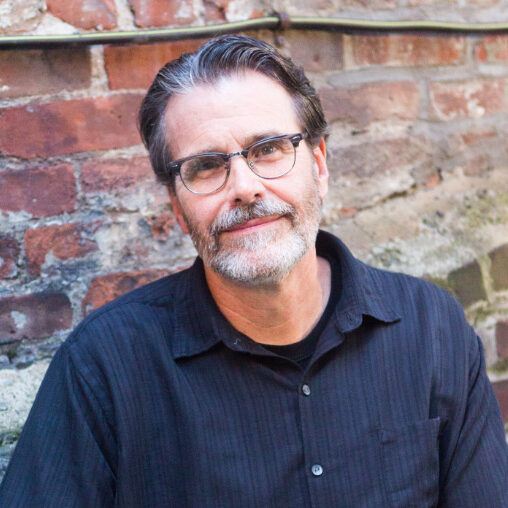
The Bible says to “offer yourself to the hungry” (Isaiah 58:10, CSB), but how do we know when hunger is an issue in our communities?
By Taylor Field
“Can you give me something to eat?”
Some days as many as five people would ask me for food when I walked from my apartment to the mission church. As a pastor in an under-resourced area of New York City, this was just part of my morning walk. I never got used to it.
But not all communities are like that.
My co-worker at a Send Relief Ministry Center visited a refugee family in her city recently. They had no furniture. In terms of food, all they had in their apartment was water and marshmallows.
But not all communities are like that.
Still, even in more resourced neighborhoods, there is often hunger in the shadow of many steeples. We may drive down groomed streets and not realize food insecurity is sprinkled among the houses we pass.
“Even in more resourced neighborhoods, there is often hunger in the shadow of many steeples.” — Taylor Field Click To TweetWhat is food insecurity?
Food insecurity is the phrase we often use. Food insecurity means not having access to sufficient food, or food of adequate quality, to meet one’s basic needs. The statistics vary on this subject, but current estimates suggest somewhere between 10% to 25% of households in the U.S. are food insecure.
Astonishing. Why, as committed leaders of our churches, do we not see this need more often?
One reason is because of shame. To adapt an old saying: “There are two things the lead pastor of a church never gets — a bad meal … and the truth.” People often may not be able to share how bad things are with a seemingly confident, strong leader. They are ashamed.
How can we recognize hunger in these conditions? As we mature as pastors, we often learn there is not just one cause for so many of the outward problems we encounter. Often a number of issues cause the problem.
For example, why is that “problem child” in your program so much trouble? There are probably multiple reasons, but if we look more closely, one of the reasons might be insufficient food for that day. When we see a lack of focus in a child, we need to consider the possibility of hunger.
But you probably won’t hear it from the child.
Somewhere between 10% to 25% of households in the U.S. are food insecure. Click To TweetRecognizing food insecurity
So how can we know if our communities are hungry? The Bible says to “offer yourself to the hungry” (Isaiah 58:10, CSB), but how do we know when hunger is even an issue in our communities?
1. Listen to leaders
This first step is simple. Relationships make a difference. Meet with a person who leads a food bank in your area or works at a food pantry. Have lunch with them and listen. Perhaps you could volunteer at an ongoing program.
2. Listen to someone who’s hungry
We also sometimes say, “Don’t give people food, eat with them.” Have lunch with someone who seems troubled or under-resourced and simply listen. Such a person can often give you insights on the neighborhood that the director of a non-profit cannot. As someone once said, “Before you speak the words of God, listen with the ears of God.”
3. Look at neighborhood data
Check out demographics, surveys, and other information about your neighborhood online (or simply examine the U.S. Census data for your zip code). All of these can be helpful. However, it’s more important to be with people face-to-face. Seeing them as human beings makes such a difference. Once we do so, the issues of hunger cease to be about statistics—they become about Sarah, Jose, or Imani.
4. Look for pre-existing resources
Send Relief offers a valuable resource—the Establish a Local Ministry guide—to help you understand your neighborhood. You can access it for free here.
Many cultures have a saying that goes something like this: “A hungry person has no ears.” That is why part of a church’s calling is getting back to four simple words—meet the need first. By seeing the need, we create opportunities to see God do so many more powerful things in our community.
For permission to republish this article, contact Marissa Postell Sullivan.











